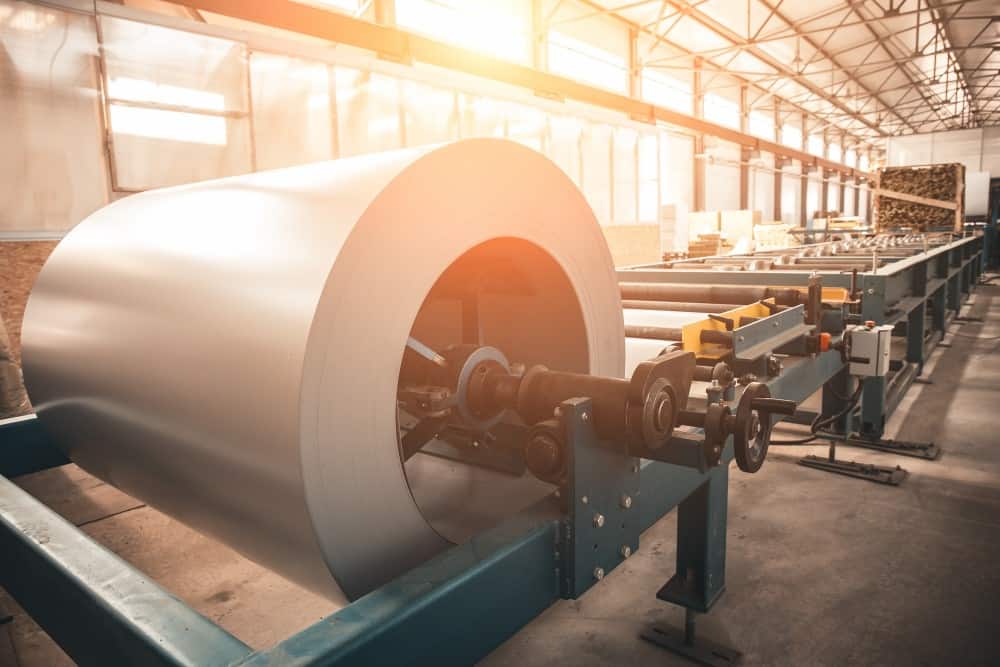There are so many interesting facts surrounding steel. Did you know steel is the worlds’ most recycled material? Over two out of every three tons of steel is made from recycled materials, and up to 95 percent of some kinds of steel (the steel used in cars, for example) is used again.
There are also fascinating facts about galvanized steel, steel that is dipped in molten zinc so it does not rust. Here are five things you probably didn’t know about galvanized steel.
Galvanized steel was named after an eighteenth-century Italian scientist, Luigi Galvani.
Luigi Galvani (1737-1798) was not just a premier physicist of his time but also a physician, philosopher, and biologist. He discovered that animal tissues — the classic example is applying electrical current to the muscles in a frog’s legs — respond to tiny electrical currents. Galvani’s discovery was so significant that all kinds of electrical currents came to be known as “galvanic.” When the discovery by Sir Humphry Davy 50 years later led to the understanding that zinc in contact with iron could protect iron from rusting through an electrochemical process, the procedure of coating iron with zinc became known as “galvanizing.”
Galvanized steel is an inexpensive structural component and building material, and it costs relatively little to maintain.
Galvanized steel costs a few cents per pound more than untreated structural steel. Its alternative, stainless steel, costs four to five times as much as galvanized steel. Any welder who works with regular steel can also work with galvanized steel, although welders need protection from zinc fumes. Specialized training is needed to do construction or manufacturing with stainless steel, and the cost of labor for stainless steel is about 50 percent higher.
Buildings and structures made with galvanized steel may not need maintenance for 50 years or longer. This is not the case with either structural steel or stainless steel.
Galvanized steel is used in cars.
Galvanized steel has become the go-to material in the auto industry. For decades, untreated structural steel was the material of choice for American car makers, and just about every consumer had to some experience with keeping up with rust-protective undercoatings to keep their cars running. In the 1980s, imported Japanese models started coming with frames of galvanized steel, and American consumers came to demand galvanized steel in American models, too.
Galvanized steel has numerous applications beyond construction and cars.
Galvanized steel is used to make corrosion-resistant nuts, bolts, and nails. It’s used for outdoor pipes when plastic piping is not strong enough. It’s used for bus stop benches, balconies, verandahs, staircases, walkways, and ladders. The lighting columns that provide nighttime lighting for roadways are made with galvanized steel, as are the pylons that support high-voltage power distribution to factories, schools, and hospitals.
The industrial processes of galvanization have greatly evolved.
Galvanized steel is still made by hot-dipping pre-treated steel in molten zinc and blowing off excess zinc with an airstream “wipe,” but there are newer methods of applying a protective layer of zinc to steel.
Steel can electrogalvanized by applying a positively charged zinc anode attached to a negatively charged steel sheet. Steel can be galvanized with a mixture of zinc and aluminum.
Galvanized metals can be made by Sherardizing, tumbling steel in a sealed rotating drum with zinc powder until the zinc and steel form an alloy.
Exterior steel beams and sculptures can be made with galvanized steel with a controlled “spangle,” which gives the steel a textured surface for purely aesthetic reasons, or not, as the customer desires. Galvanized steel can be made with a process called “dry galvanizing” or “shot blasting” that makes it highly adherent for paint, rubber, and powder coatings.
Galvanized steel is one of the oldest building and manufacturing materials in widespread use today, but the technology for making environmentally-friendly galvanized steel products is constantly evolving.

